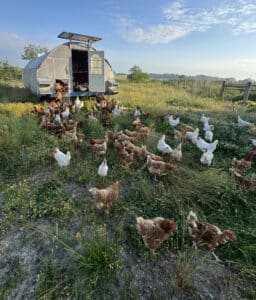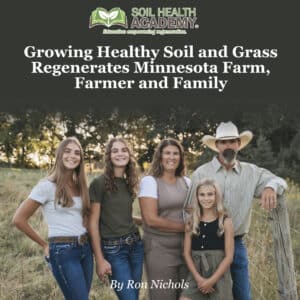Katon to Serve as Organizational Strategist for Soil Health Academy
By SHA Team |
Katon to Serve as Organizational Strategist for Soil Health Academy ST. CLOUD, Minn. (July 11, 2025) – The Soil Health Academy (SHA) announced that Ben Katon will serve as organizational strategist, offering planning and operational guidance as the non-profit enters a new phase of strategic growth and development. With extensive experience in strategic management and […]
Read More Bringing Soil to Life: How One Illinois Farm is Growing More Than Just Food
By SHA Team |
ST. ROSE, IL — On August 14, 2025, Main Street Pastures Farm in St. Rose will become a hub of innovation, inspiration, and hands-on learning as farmers, ranchers, and food-conscious consumers from across central and southern Illinois come together for a unique soil health experience. Hosted by local producers and part of the SoIL Farmers […]
Read More Growing Healthy Soil and Grass Regenerates Minnesota Farm, Farmer and Family
By SHA Team |
Growing Healthy Soil and Grass Regenerates Minnesota Farm, Farmer and Family By Ron Nichols, Understanding Ag LLC Every day on his farm, Luke Bergler sees the connection between healthy soil, healthy grass, healthy animals and healthy people. And he sees life-lots of life. When he pushes a shovel into the soft, well-aggregated soil on his […]
Read More 


